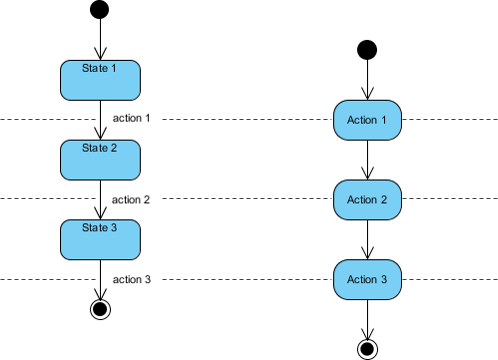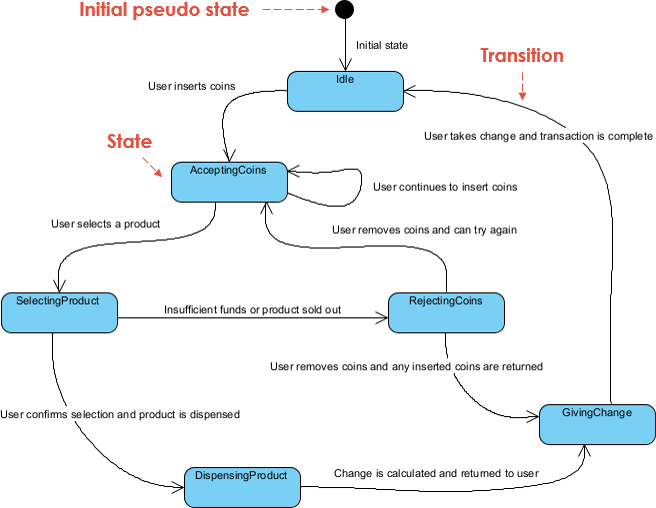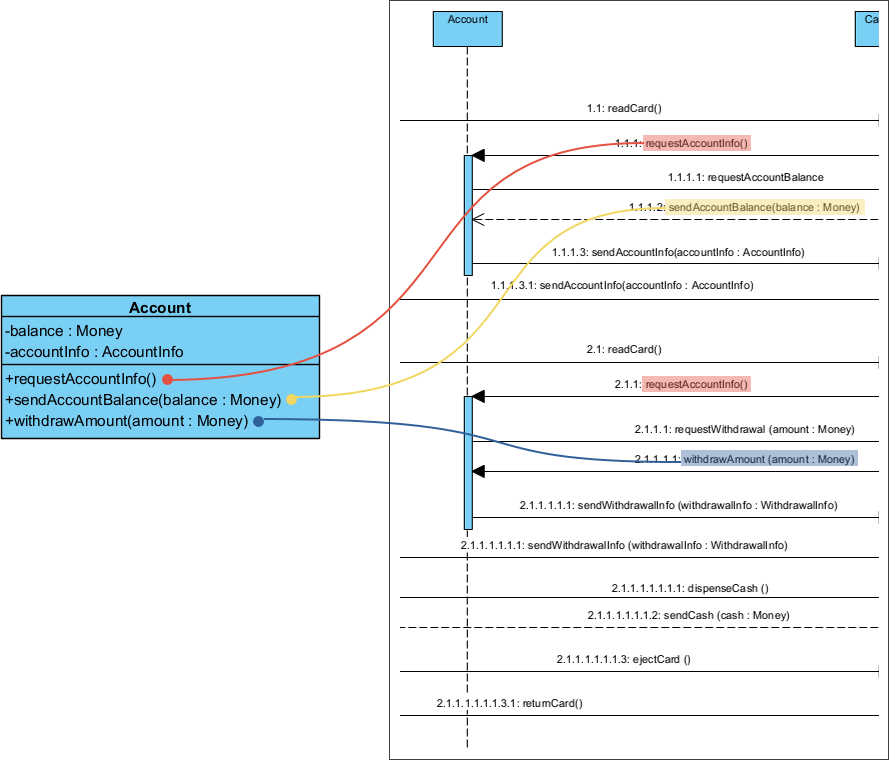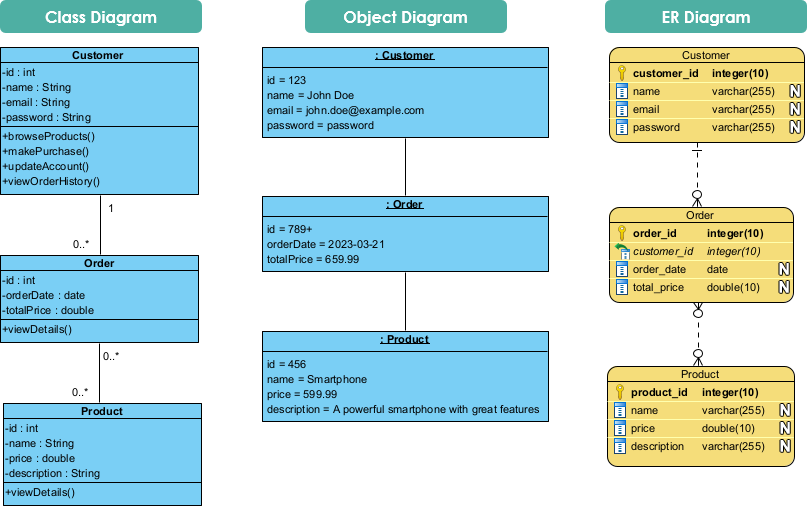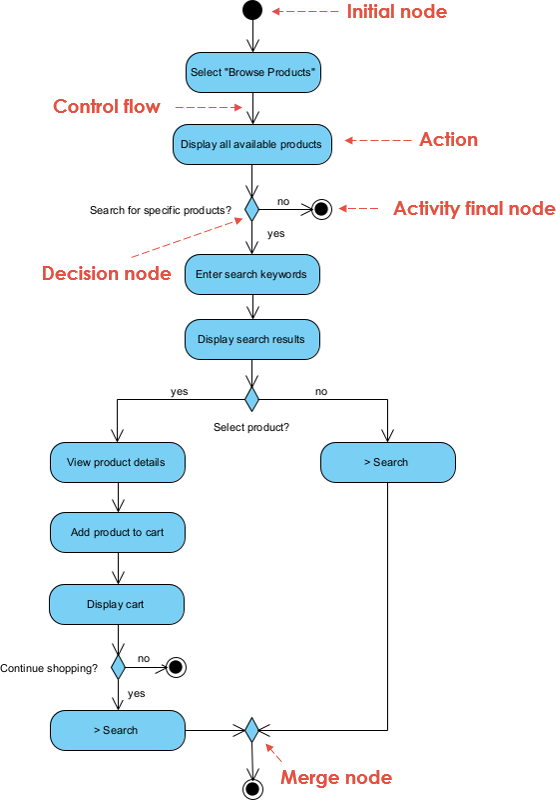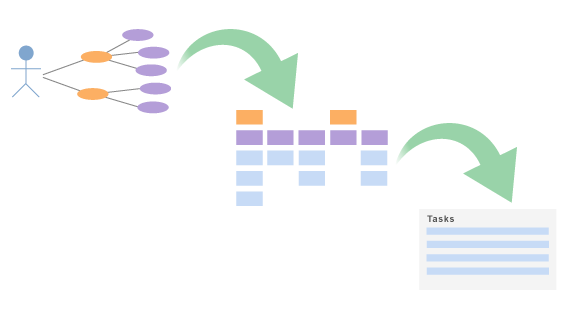What is SysML
System Modeling Language (SysML) is a modeling language that is used to model complex systems. It is an extension of the Unified Modeling Language (UML), which is commonly used for software development. SysML has been developed to enable engineers to model complex systems in a systematic way, capturing the functional and physical aspects of a system. SysML is a graphical language, based on UML, but it includes new constructs that are specific to systems engineering. SysML is designed to be used by systems engineers to model complex systems. It is particularly useful for…continue reading →



